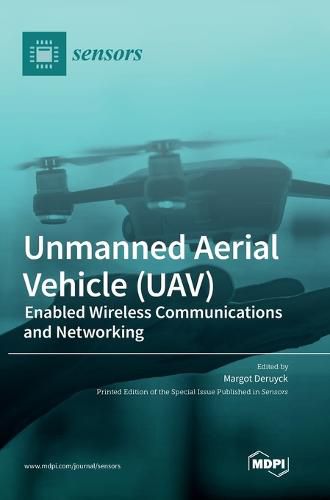Readings Newsletter
Become a Readings Member to make your shopping experience even easier.
Sign in or sign up for free!
You’re not far away from qualifying for FREE standard shipping within Australia
You’ve qualified for FREE standard shipping within Australia
The cart is loading…






This title is printed to order. This book may have been self-published. If so, we cannot guarantee the quality of the content. In the main most books will have gone through the editing process however some may not. We therefore suggest that you be aware of this before ordering this book. If in doubt check either the author or publisher’s details as we are unable to accept any returns unless they are faulty. Please contact us if you have any questions.
The emerging massive density of human-held and machine-type nodes implies larger traffic deviatiolns in the future than we are facing today. In the future, the network will be characterized by a high degree of flexibility, allowing it to adapt smoothly, autonomously, and efficiently to the quickly changing traffic demands both in time and space. This flexibility cannot be achieved when the network's infrastructure remains static. To this end, the topic of UAVs (unmanned aerial vehicles) have enabled wireless communications, and networking has received increased attention.
As mentioned above, the network must serve a massive density of nodes that can be either human-held (user devices) or machine-type nodes (sensors). If we wish to properly serve these nodes and optimize their data, a proper wireless connection is fundamental. This can be achieved by using UAV-enabled communication and networks.
This Special Issue addresses the many existing issues that still exist to allow UAV-enabled wireless communications and networking to be properly rolled out.
$9.00 standard shipping within Australia
FREE standard shipping within Australia for orders over $100.00
Express & International shipping calculated at checkout
This title is printed to order. This book may have been self-published. If so, we cannot guarantee the quality of the content. In the main most books will have gone through the editing process however some may not. We therefore suggest that you be aware of this before ordering this book. If in doubt check either the author or publisher’s details as we are unable to accept any returns unless they are faulty. Please contact us if you have any questions.
The emerging massive density of human-held and machine-type nodes implies larger traffic deviatiolns in the future than we are facing today. In the future, the network will be characterized by a high degree of flexibility, allowing it to adapt smoothly, autonomously, and efficiently to the quickly changing traffic demands both in time and space. This flexibility cannot be achieved when the network's infrastructure remains static. To this end, the topic of UAVs (unmanned aerial vehicles) have enabled wireless communications, and networking has received increased attention.
As mentioned above, the network must serve a massive density of nodes that can be either human-held (user devices) or machine-type nodes (sensors). If we wish to properly serve these nodes and optimize their data, a proper wireless connection is fundamental. This can be achieved by using UAV-enabled communication and networks.
This Special Issue addresses the many existing issues that still exist to allow UAV-enabled wireless communications and networking to be properly rolled out.